File sharing technology makes it easy for all of us to share data with anyone and anywhere. While it benefits people working in teams, it offers cyberattackers an opportunity to commit crimes.
If you intend to share digital documents that are private or confidential, it is important to ensure their security. Otherwise, it is very easy for cybercriminals to steal or expose your data. Of course, you don't want that to happen, do you?
For that, you must know how to share digital files securely . Here, we will discuss the practice of sharing digital documents so that your data is not misused.
1. Avoid sharing files via email
There are many reasons why email is not a good file -sharing place:
- There is a possibility that the email you sent did not go to the inbox, but spam which then escaped the attention of the recipient of the message.
- Many hackers seek sensitive information via email.
- Weak email passwords make it easier to hack and steal information.
- Public users may be vulnerable to phishing email attacks.
- To prevent data theft, encourage coworkers and clients not to send or receive files via email. Instead, use file sharing software that only internal team members can access.
2. Secure connection with encryption code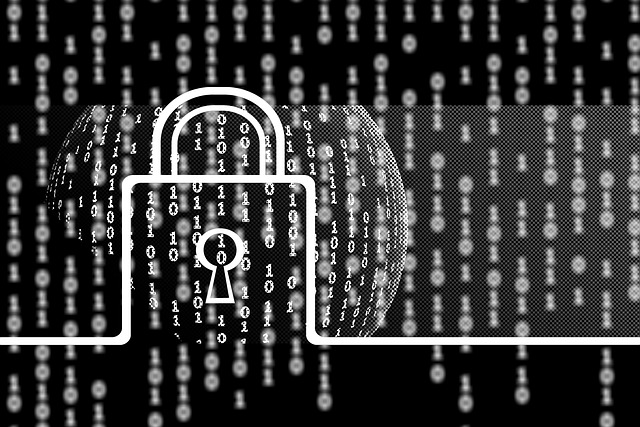
Intruders can enter a network. So, it is important to secure the network with encryption. Encryption secures the network and makes it difficult for others to access it.
When a network is not encrypted, it is open to anyone and can be hacked easily. Thus, cybercriminals can enter and retrieve sensitive information, such as login history, financial records, passwords, and other personal information.
3. Apply archive file format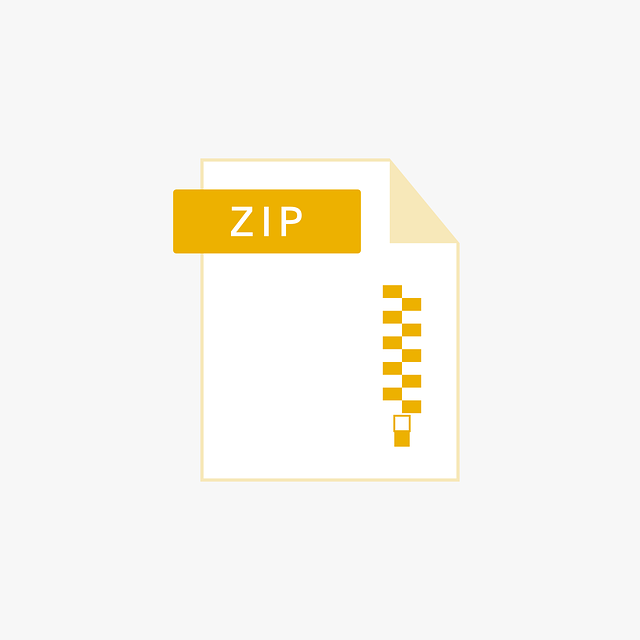
The archive file format is to stack several files into one. It also lets you compress file size to squeeze storage space.
Saving files in an archive format will protect the data from leakage or exposure. The large number of files in one archive will make it difficult for scammers to quickly identify a particular file .
4. Create a strong password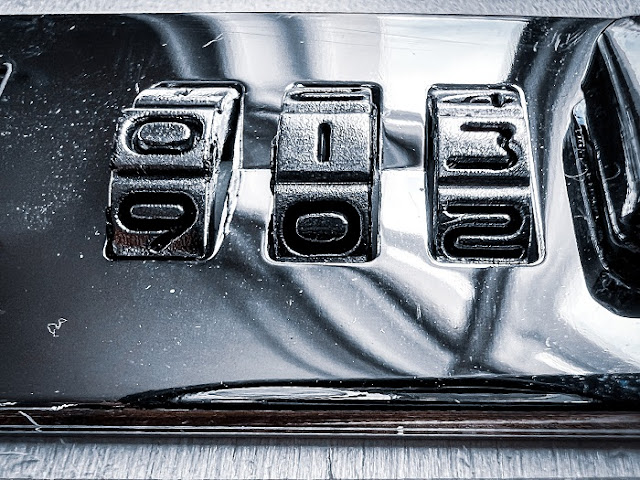
Weak passwords make it much easier for cybercriminals to access victims' accounts or networks. They access accounts either by guessing passwords or cracking them through brute force attacks.
For cyber security, you are required to create a strong password for any account. Do not use consecutive numbers, birthdays, or names to create passwords. Use a combination of numbers, letters, symbols, and capital letters. Also, remind colleagues to create strong and secure passwords for mutual convenience.
5. Do not carelessly use a flash drive
To protect sensitive data, do not transfer files using a flash drive. The reason is, flash drives are easy to move, as well as all the information you put on them.
Another reason to limit the use of flash drives is to prevent the transfer of viruses or corrupted files to your network. Using a flash drive infected with a virus can completely destroy your data without any chance for data recovery.
6. Using Near Field Communication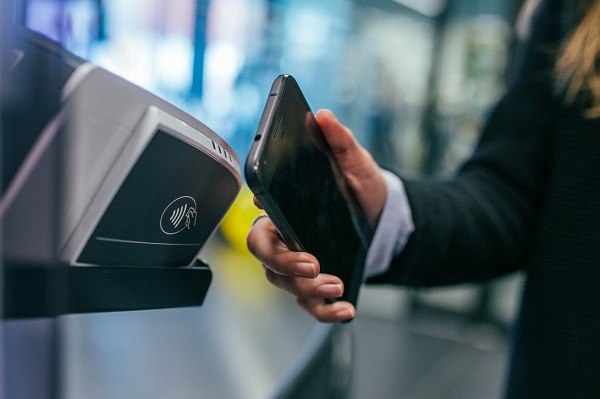
Near Field Communication (NFC) is a service that allows people to share files freely and securely. NFC's breakthrough came when Apple decided to use it on their devices to make payments. However, at this time, NFC can also be used for file transfers .
To secure the files sent, NFC uses a special processor and a high-end encryption process. The security is very stable, but it is recommended to turn off NFC when you are not using it.
7. Use QR code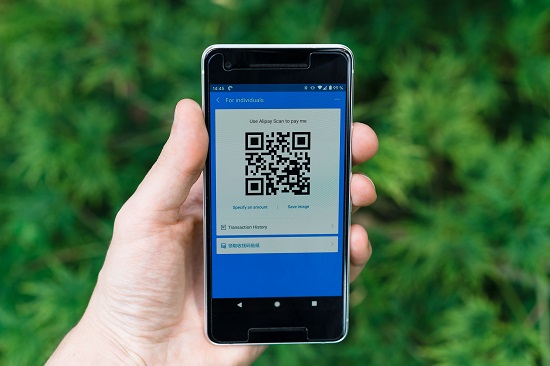
A QR code is an image containing boxes with a certain code embedded in it. QR codes are unique to each device, which means no two devices have the same QR code .
When the QR code is scanned with an HP camera, the user will be directed to the encoded data. This data can be in the form of website URLs, PDF files , questionnaires, video or audio, and much more. QR codes are perfect for sharing files with coworkers, clients, or anyone else who needs to be informed. QR codes are inherently secure technology.
Don't forget to remind colleagues to always maintain security when sharing digital files for the common good.
Tags
How to
